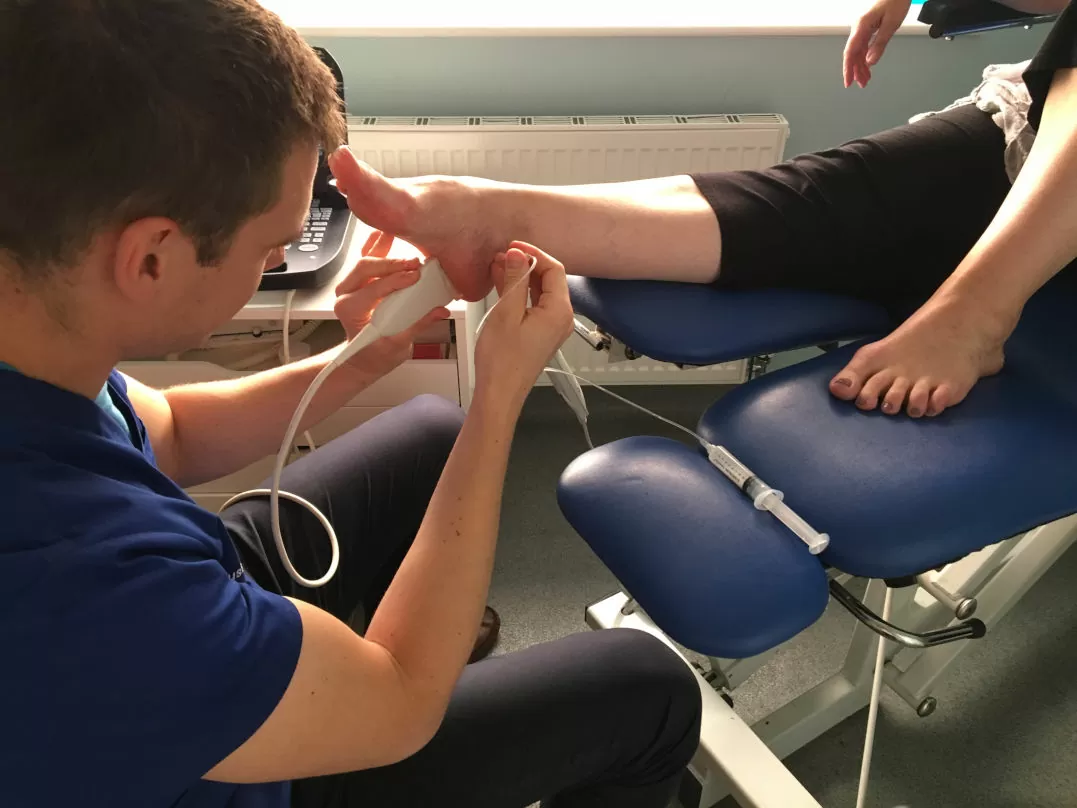Heel pain can happen to even the strongest ones who are active daily, thus making walking a very hard task. Plantar fasciitis, an inflamed condition of the plantar fascia, is the major source of such pain and is a yearly challenge to the American population by millions. If you say that burning, stabbing heel pain has greeted you the first thing after getting up from bed or that you have felt it after standing for some time, then you are not alone—plantar fasciitis is the leading cause of heel pain that affects about 10% of people during their lifetime.

The plantar fascia is a sturdy, ligament-like band of tissue that goes from the heel to the ball of the foot. It supports your arch and, along with each step, helps to absorb the shock that reaches your foot. When this tissue is over-stressed—overusing the tissue, the foot not doing its job properly, or always walking on hard surfaces for a long time—it may result in small tears in the tissue. These micro-traumas cause pain, and although there is still a “-itis” in the name, plantar fasciitis is more a degenerative process than an inflammatory condition. As the condition lasts, the fascia may become even thicker and less elastic, and the pain with every step will remind you that something is wrong.
There are many possible reasons behind plantar fasciitis. It is a problem that happens to a runner, an athlete, a teacher, a nurse, or anyone who has to stand for a long time. People with flat feet or high arches, tight calf muscles, and abnormal walking styles put a lot of stress on the plantar fascia. Age and weight are also factors—middle-aged adults and people who are overweight are more likely to have the condition. Moreover, the shoes that you wear have an effect on your feet too; shoes that have poor arch support or thin soles will only make the situation worse.
The most common symptom is a sharp, localized pain at the bottom of the heel, especially with the first steps in the morning or after sitting for a while. The pain can become better as you walk, only to recur after standing for a long time or engaging in exercise. Squeezing the heel or even down the arch can cause tenderness, and the foot can become tight or stiff after rest. Without treatment, plantar fasciitis can become long-term and even change the way you walk, perhaps causing problems in the hips, knees, or back.
Typically, the identification of plantar fasciitis is not a complicated task. A foot doctor or a general practitioner, who examines your foot and observes your walking in search of any abnormal mechanics, will inquire about your symptoms. Sometimes, to exclude other diseases or if the discomfort continues, an X-ray or an ultrasound is carried out, but a majority of people with plantar fasciitis do not need in-depth imaging unless their symptoms are unusual.
Treatment commonly begins with conservative measures. Rest is needed—stepping away from activities that cause pain provides your foot with an opportunity to heal. Ice application over the heel, calf stretch,h and plantar fascia stretch, and over-the-counter anti-inflammatory drugs may all be helpful. Supportive shoes with proper arch support and cushioned bottoms are paramount, and many find orthotic inserts beneficial, either custom-fit or over-the-counter. Night splints, which stretch the foot gently while you are sleeping, can also minimize the horrible morning pain. Physical therapy is also worth it, strengthening and stretching the correct muscles to enhance the mechanics of your foot.
For recalcitrant cases, podiatrists might recommend more sophisticated treatments. These might include corticosteroid injections, healing stimulation with shockwave treatment, or platelet-rich plasma injections. Surgery is not typically required and is reserved for the small number of individuals who don’t respond after months of treatment. Procedures can be such as releasing a portion of the plantar fascia or lengthening the calf muscle to decrease tension, but these are last choices.
Prevention mainly involves looking after your feeGood-fittinging shoes that give the right support are especially necessary if you have to stand for a long time or are involved in high-impact activities. Don’t forget to run out of worn-out shoes quite often, and tight calf muscles should not be overlooked—stretching can really help a lot. If you want to step up your training, then it should be done little by little to avoid putting too much pressure on the plantar fascia. Maintaining a healthy weight and being in tune with your body’s signals can also stop heel pain.
If heel pain persists for over a couple of weeks in spite of your efforts, or is causing enough distress in your daily life, it’s time to visit a professional. Early treatment can prevent long-term pain and complications. Podiatrists specialize in diagnosing and treating plantar fasciitis, with customized plans to have you back on your feet. Most individuals get better substantially with the correct care and can resume their normal routine without discomfort.
Heel pain doesn’t have to control your life. With the right information, the correct support, and a little bit of patience, you can recover from plantar fasciitis and return to walking easily.
